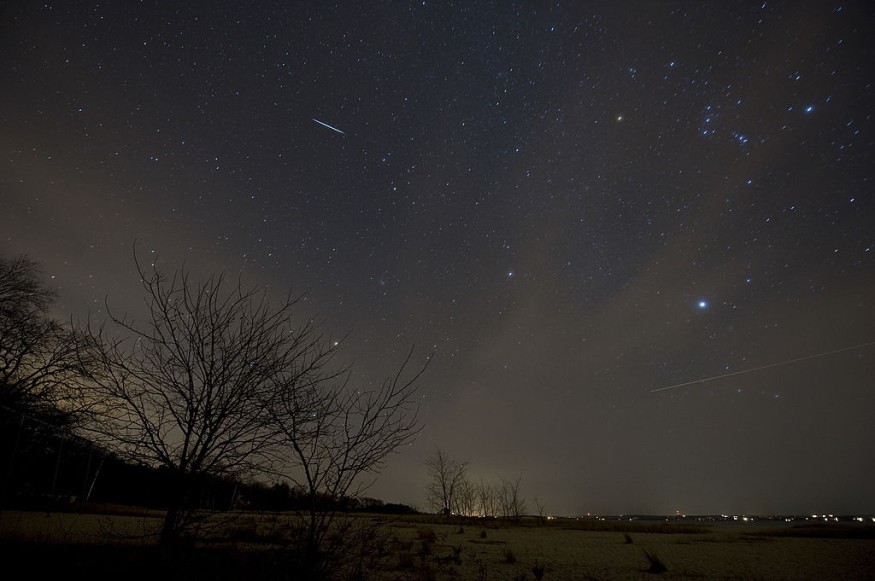Asteroid 388945 (2008 TZ3) is projected to "dangerously" approach Earth in the next few hours but with an estimated safe passage on our planet's orbit this coming weekend.
The massive asteroid has been compared to have a size larger than the Empire State Building in New York City.
Fortunately, the space rock will not make a direct impact on our planet.
Asteroid Fly By

According to the National Aeronautics and Space Administration (NASA), Asteroid 388945 (2008 TZ3) is part of its near-Earth objects (NEO) close approaches, with an estimated dangerous approach on Earth on the evening (US time) on Sunday, May 15.
The asteroid is 1,600-foot wide. It has an estimated 220 to 490 meters in diameter, according to the Center for Near Earth Object Studies (CNEOS) of NASA's Jet Propulsion Laboratory (JPL).
It currently travels in space at a speed of 23,300 miles per hour (37,400 kilometers per hour).
Although the space rock will safely fly by on Earth, NASA considers it will still be a dangerous close approach in line with space terms, according to The New York Times, as cited by WION media outlet.
This assessment is because it will have a relative distance with Earth's orbit within 2 million miles (3.2 million kilometers).
In comparison to Earth's natural satellite, the asteroid will still be farther than the moon, whose location from our planet is around 239,900 miles (384,000 kilometers).
This is not the first time the rock will visit Earth. In fact, it already made a detour on our planet in 2020.
Its next reported approach will be in May 2024 with a distance of 6.9 million miles.
The asteroid was first discovered in October 2008 and has an orbital period of 732 days (2 years).
Also Read: Asteroid Impact: NASA Estimates Space Rock the Size of the Great Pyramid May Hit Earth on May 6
Recent Close Approach
The passage of Asteroid 388945 (2008 TZ3) comes a week after the controversial Asteroid 2009 JF1 flew by Earth.
The latter has the estimated size of the Great Pyramid of Giza in Egypt and was reportedly projected by NASA in 2019 to hit Earth in 2022 since its initial detection in 2009.
However, the European Space Agency (ESA) in February 2022 made a follow-up assessment of Asteroid 2009 JF1, reporting that it no longer poses a serious threat to Earth since its asteroid impact change has decreased from 0.026% to 0.00074%.
In terms of probability, the said space object at that time is still possible to hit Earth but it is highly unlikely.
Several weeks prior to the supposed asteroid strike on May 6, various media reporting has shown that a number of people went panicking over the idea that an asteroid will be hitting Earth.
After all, NASA stated that the space rocks' probability of a major collision with Earth is small.
Nevertheless, NASA is currently engaged in the asteroid-deflecting program called the Double Asteroid Redirection Test (DART), in case a planet-killing asteroid or a significant space rock threatens Earth in the future.
© 2025 NatureWorldNews.com All rights reserved. Do not reproduce without permission.





